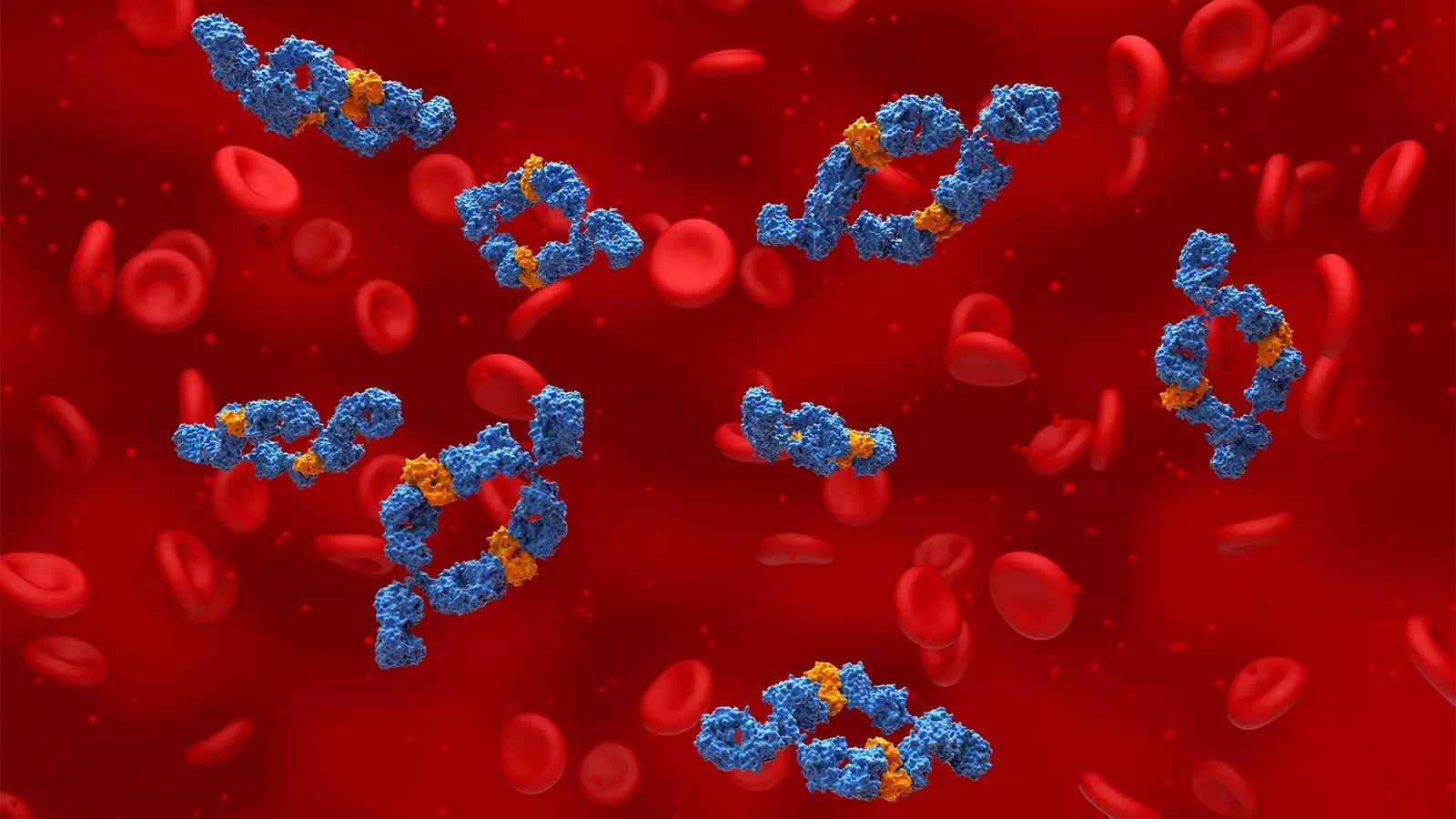Axial spondyloarthritis (axSpA) is a chronic inflammatory condition primarily affecting the spine and sacroiliac joints, leading to pain and reduced mobility for those afflicted. It encompasses two primary forms: radiographic axSpA, commonly recognized as ankylosing spondylitis, and non-radiographic axSpA, which lacks the definitive skeletal changes visible on traditional imaging. Despite these distinctions, both forms present similarly in clinical symptoms and patient experiences, necessitating integrated approaches to management and treatment.
The complexity of axSpA is reflected in its multifaceted treatment landscape. Many patients find themselves dependent on nonsteroidal anti-inflammatory drugs (NSAIDs) as a first-line treatment to alleviate pain and inflammation. Unfortunately, a subset of patients either cannot tolerate NSAIDs or do not experience sufficient relief, prompting the need for alternative therapeutic options across various pharmacological classes.
Recent guidelines published by the Assessment of SpondyloArthritis International Society and the European League Against Rheumatism (ASAS-EULAR) emphasize a holistic management strategy combining both non-pharmacological interventions and pharmacotherapeutics. Essential components of a well-rounded treatment regimen include lifestyle modifications, ongoing physical activity, and thorough patient education, all aimed at improving functional outcomes and sustaining long-term health.
For those in need of further pharmacological support, the introduction of tumor necrosis factor (TNF) inhibitors, interleukin-17 (IL-17) inhibitors, and Janus kinase (JAK) inhibitors represents a significant advancement in the treatment paradigm. Despite the availability of these therapies, there remains a scarcity of options specifically designed for concurrent treatment of both forms of axSpA, underscoring the need for continuous research and development in this domain.
The recent approval of bimekizumab (Bimzelx), an IL-17 inhibitor that targets both IL-17A and IL-17F, has generated considerable excitement within the medical community. This agent, which has been recognized for its efficacy in treating active non-radiographic axSpA and ankylosing spondylitis, was greenlit by the FDA and received European approval in 2023. As underscored by experts like Dr. Atul Deodhar, bimekizumab’s dual action on the IL-17 pathway opens new avenues for treating patients who have incomplete responses or intolerances to traditional therapies.
Clinical trials, notably the BE-MOBILE 1 and BE-MOBILE 2 studies, have demonstrated the effectiveness of bimekizumab across the axis of axSpA, showcasing significant improvement rates in participants compared to placebo. More than 60% of patients achieved notable therapeutic responses by the end of a year of treatment, solidifying bimekizumab’s position as a formidable option in the treatment arsenal against axSpA.
When considering the management of axSpA, the choice between TNF inhibitors and IL-17 targeting agents has typically been influenced by the patient’s clinical presentation, particularly in the presence of extra-articular manifestations. JAK inhibitors have emerged as a more recent development, though their use remains cautious, primarily limited to patients with favorable cardiovascular profiles due to the associated risks highlighted in clinical data.
A closer examination of the comparative effectiveness among different treatment classes indicates that while TNF inhibitors have long been favorites, IL-17 inhibitors, including bimekizumab, are now capturing attention for their robust performance in clinical settings. This shift hints at a broader acceptance of IL-17 blocking agents, particularly as emerging data continues to suggest comparable or superior efficacy to existing treatments.
Despite these advancements, the clinical decision-making process remains intricate. A retrospective analysis evaluating treatment patterns from 2015 to 2023 revealed significant variability in discontinuation rates. JAK inhibitors showed notably higher discontinuation rates compared to TNF and IL-17 inhibitors, potentially related to their use in more severe cases where treatment effectiveness can be elusive.
The real-world implications of these findings emphasize the importance of monitoring patient responses and adapting treatment strategies accordingly. As new agents like bimekizumab enter the treatment landscape, it is crucial for healthcare practitioners to remain vigilant and responsive to changing patient needs and emerging data, fostering an environment of continuous learning and improvement.
The management of axial spondyloarthritis is clearly transitioning towards a more diverse and effective approach. With novel treatment options like bimekizumab now available, healthcare providers are increasingly empowered to tailor therapies to meet the unique needs of their patients. As research progresses and additional therapies are developed, the future of axSpA treatment holds great promise for alleviating patient suffering and enhancing quality of life. Ongoing collaboration within the medical community will be vital in overcoming existing challenges and maximizing treatment outcomes in this evolving therapeutic landscape.


Leave a Reply